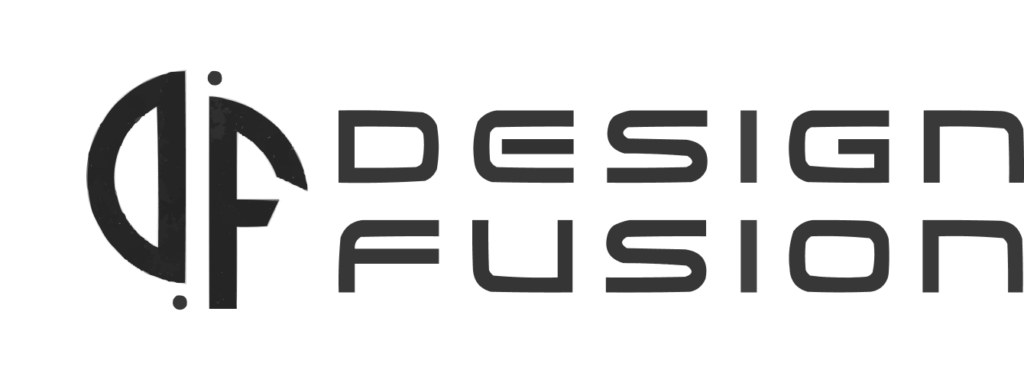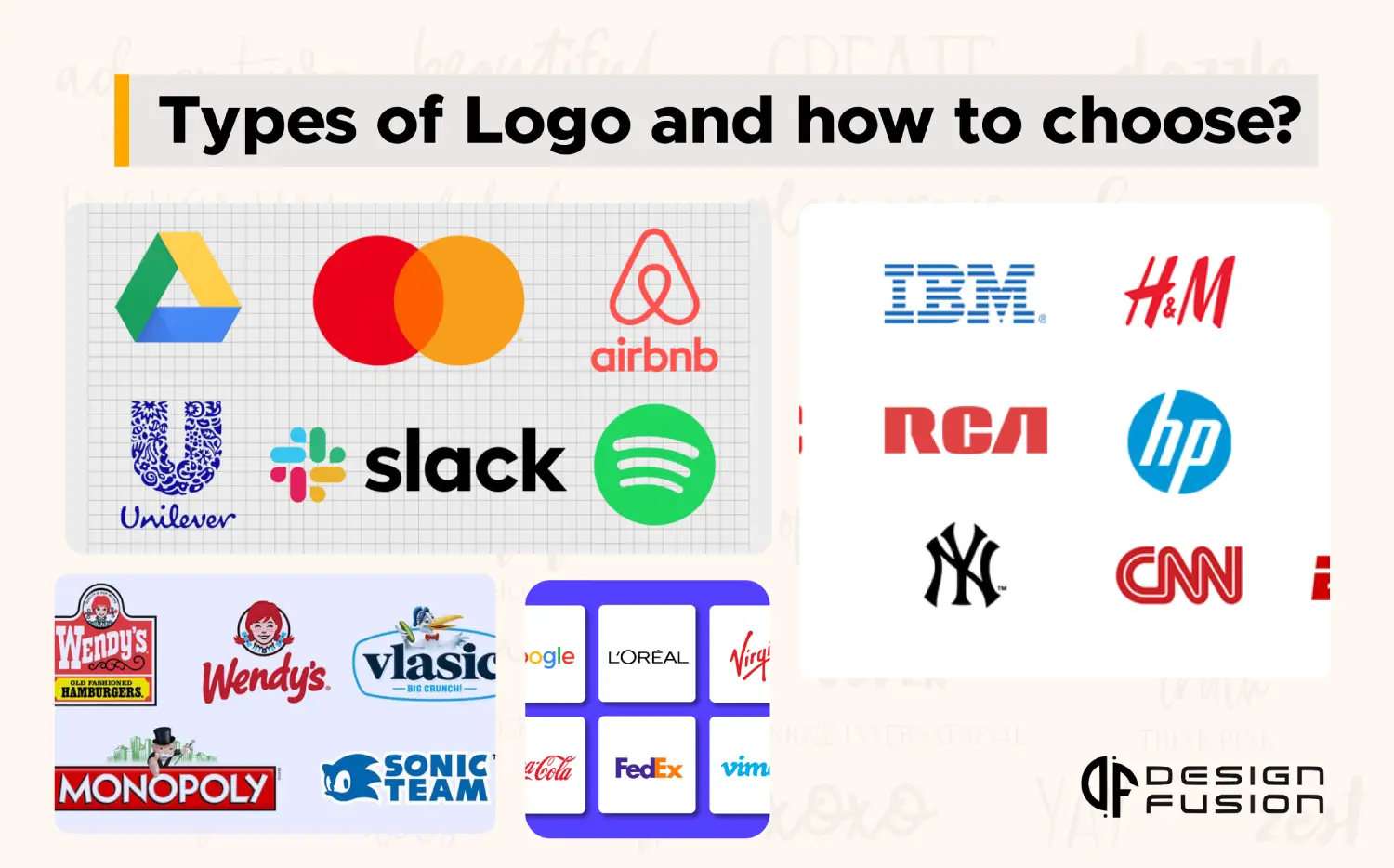Before we go into Types of Logos, Let’s quickly discuss what is a logo
A logo is a visual identifier that represents a company, organisation, or product. It can be a simple wordmark, or it can be a more complex design that includes symbols or images. Logos are used to help people recognise and remember a brand, and they can also be used to communicate the brand’s values or message.
A logo is an important part of a brand identity. It helps customers to recognise and remember a company, product, or service. A good logo is simple, memorable, and relevant to the brand. It should be able to be used in a variety of contexts, such as on websites, in print materials, and on products.
There are the main 7 types of logo designs:
1. Emblem logos
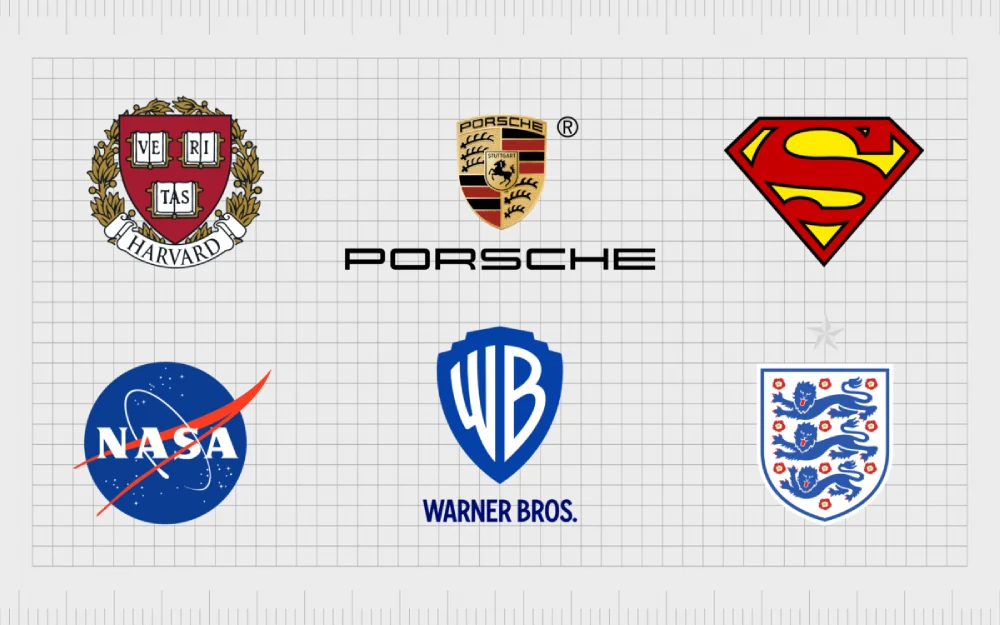
Emblem logos are a type of logo that combines text and imagery within a frame or border. They are often used by organisations and institutions that want to create a sense of tradition and authority. The text in an emblem logo is usually the name of the organisation, but it can also be a motto or slogan. The imagery in an emblem logo can be anything from a simple geometric shape to a complex heraldic design.
Emblem logos are often seen as being more formal and traditional than other types of logos, such as wordmarks or mascot logos. This is because they are often based on heraldic designs, which have been used for centuries to represent families, organizations, and institutions. Emblem logos can also be seen as being more timeless and classic than other types of logos. This is because they are often designed to be simple and elegant, with a timeless appeal.
2. Pictorial marks

A pictorial mark is a type of logo that is simply a symbol or image that represents the brand. It is often used by businesses and organisations that want to create a strong visual identity. Pictorial marks are often abstract or figurative, and they can be made up of shapes, lines, colors, or even letters.
Pictorial marks can be effective because they are simple and memorable. They can also be used to convey a variety of meanings, depending on the symbol or image that is used. For example, the Nike symbol can be interpreted as a wing, a ribbon, or a checkmark. This ambiguity can make pictorial marks more versatile and appealing to a wider audience.
3. Wordmarks
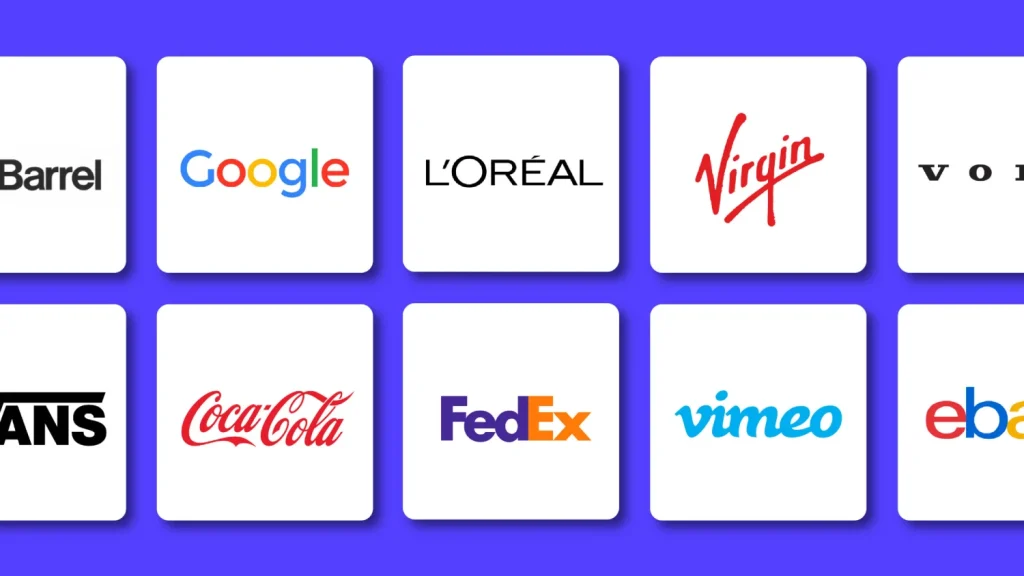
A wordmark logo, is a type of logo that consists of only text. The text is typically the name of the company or organisation, but it can also be a slogan or tagline. The text is usually stylized in a unique way to create a distinctive and memorable logo.
Wordmark logos are often used by businesses and organisations that want to emphasize their name or brand. They are a simple and effective way to communicate the company’s identity, and they can be easily recognised by customers.
4. Lettermarks Logos
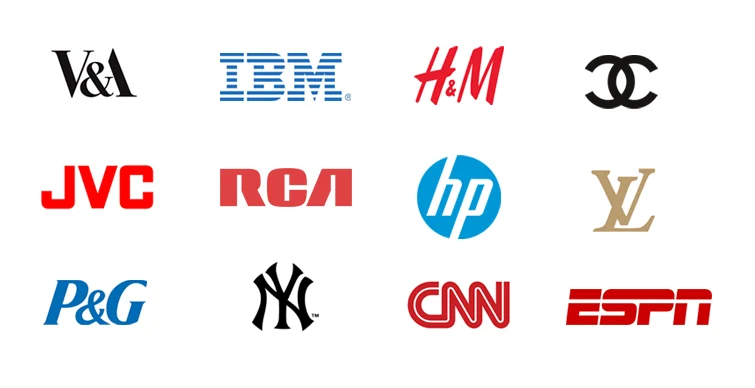
A lettermark logo is a type of logo that consists of only the initials of the company or organisation’s name. The initials are typically stylized in a unique way to create a distinctive and memorable logo.
Lettermark logos are often used by businesses and organisations that have long or complex names. They are a way to shorten the company name and make it more memorable. Lettermark logos can also be more versatile than wordmark logos, as they can be used in a variety of settings without taking up too much space.
5. Abstract logos
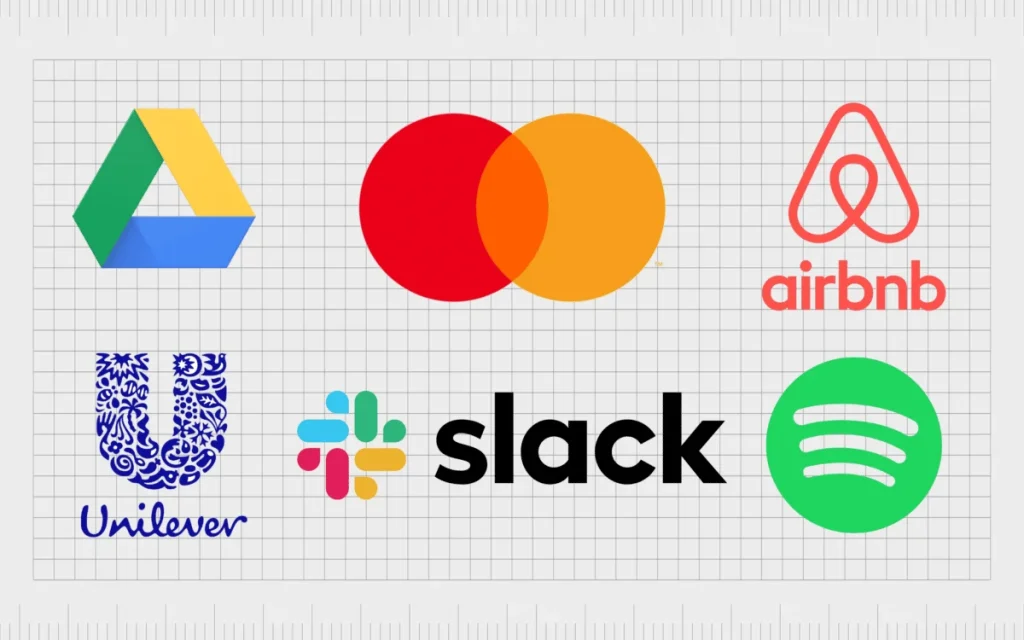
An abstract logo is a type of logo that does not represent anything in the real world. It is a symbol or image that is created using shapes, lines, and colors. Abstract logos are often used by businesses and organisations that want to create a unique and memorable identity.
Abstract logos can be used to convey a variety of messages and emotions. They can be used to represent the company’s values, products, or services. They can also be used to create intrigue.
6. Mascot logos
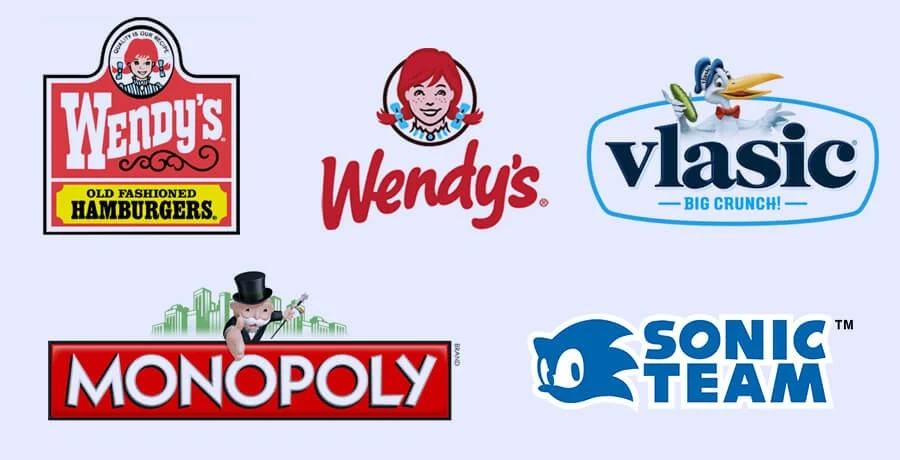
Mascot logos are logos that use a character or mascot to represent the company or brand. Mascot logos are often used by businesses and organisations that target children or families. They can also be used by businesses that want to create a friendly and approachable image.
Mascot logos can be used to convey a variety of messages and emotions. They can be used to represent the company’s values, products, or services. They can also be used to create a sense of fun and excitement.
7. Combination logos
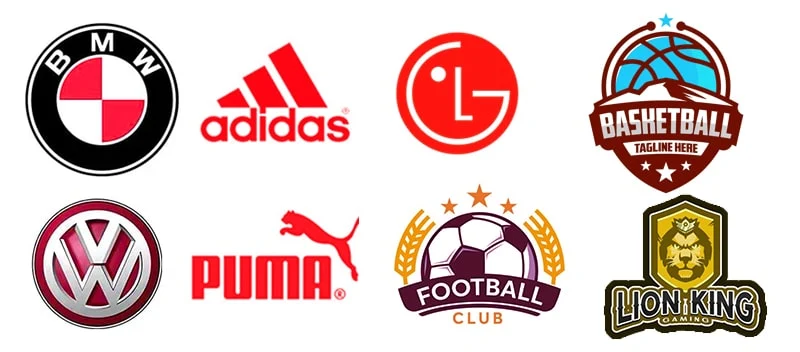
A combination logo is a type of logo that combines two or more of the above types of logos. It can be a combination of a wordmark, lettermark, abstract logo, or mascot. Combination logos are often used by businesses and organisations that want to create a logo that is both memorable and versatile.
Combination logos can be used to convey a variety of messages and emotions. They can be used to represent the company’s values, products, or services. They can also be used to create a sense of familiarity and trust.
The best type of logo for your business will depend on your industry, target audience, and branding goals. It is important to work with a professional designer to create a logo that is both effective and visually appealing.
Here are some more things to consider when choosing a logo type:
- Your industry: It is important to choose a logo that is appropriate for your industry and that will resonate with your target audience. For example, abstract logos are often used by technology companies, while mascot logos are often used by children’s brands.
- Your target audience: Think about who your target audience is and what they will respond to. For example, a younger audience might be more drawn to a mascot logo, while an older audience might prefer a more traditional emblem logo.
- Your branding goals: What do you want your logo to communicate about your brand? Do you want it to be simple and memorable, or do you want it to be more complex and symbolic?
- Your budget: The cost of a logo can depend on a number of factors, including the complexity of the design, the experience of the designer, and the time it takes to create the logo. It is important to set a budget before you start the design process.
Once you have considered all of these factors, you can start to narrow down your choices and choose the type of logo that is right for your business.
Here are some additional tips for choosing a logo type:
- Be consistent with your branding: Your logo should be consistent with the rest of your branding, such as your website design, marketing materials, and social media presence.
- Make sure it is scalable: Your logo should be able to be scaled down to a small size, such as for a business card, or scaled up to a large size, such as for a billboard.
- Be timeless: Your logo should be timeless and not date quickly.
- Be versatile: Your logo should be versatile enough to be used in a variety of contexts, such as on your website, on your products, and in your marketing materials.
By following these tips, you can choose a logo type that is right for your business and will help you achieve your branding goals.
